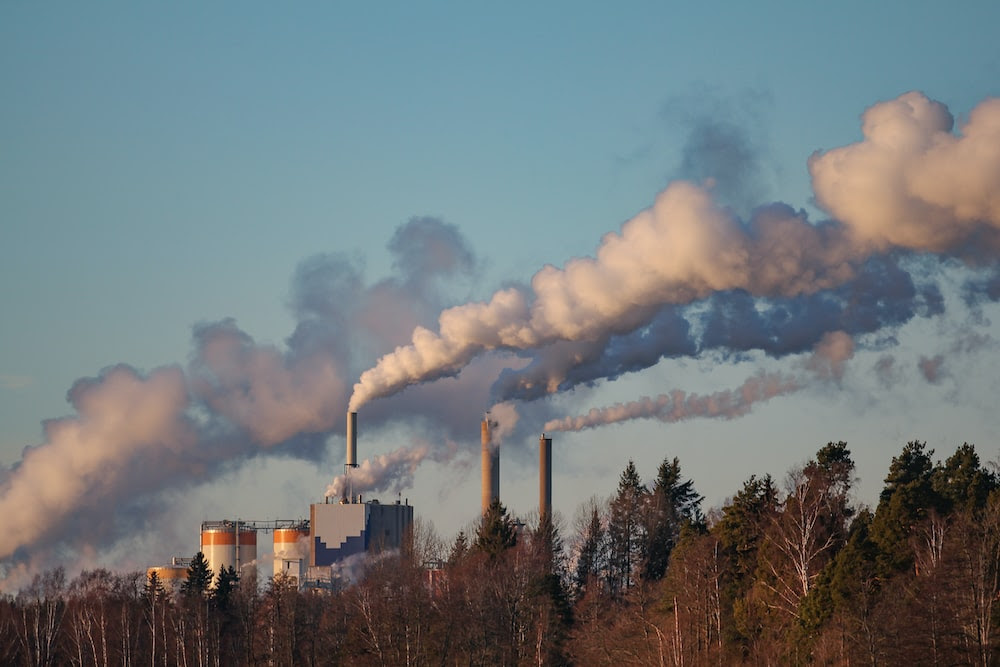
Shangai-pollution
China with 10,175 megatons of CO2, or 7.1 megatons per million inhabitants
The United States with 5,285 megatons of CO2, or 16 megatons per million inhabitants
India with 2,616 megatons of CO2, or 1.9 megatons per million inhabitants
Russia with 1,678 megatons of CO2, or 11.5 megatons per million inhabitants
Japan with 1,107 megatons of CO2, or 8.7 megatons per million inhabitants
Iran with 780 megatons of CO2, or 9.4 megatons per million inhabitants
Germany with 702 megatons of CO2, or 8.4 megatons per million inhabitants
Indonesia with 618 megatons of CO2, or 2.2 megatons per million inhabitants
South Korea with 611 megatons of CO2 or 11.9 megatons per million inhabitants
Saudi Arabia with 582 megatons of CO2, or 17.1 megatons per million inhabitants
The ranking on a per capita basis would give :
Saudi Arabia
The United States
South Korea
Russia
Iran
Japan
Germany
China
Indonesia
India
The per capita data show that a sparsely populated country like Saudi Arabia can be more polluting than a country like the United States because of the composition of its industrial fabric, in particular.
The large population of China and India may put the impact of their pollution into perspective, even though they rank in the top three in absolute terms.
The 10 companies responsible for the largest quantities of CO2 emissions are companies linked to the exploitation of raw materials, be it oil, gas or coal. The top three are a Chinese coal operator, the largest oil and gas operator in Saudi Arabia and the largest Russian company, Gazprom. Close behind in Iran’s state-owned Exxon and India’s largest coal operator. These figures show the importance of coal in air pollution as the world’s largest polluter is from China, a country that derives most of its growth from this fossil fuel and is responsible for 14.3% of total CO2 emissions alone.
In Europe, too, the biggest polluters are coal operators located either in Germany or in Poland. However, the 10th place Ryanair is representative of the share of air transport in atmospheric pollution, this sector being responsible for 3% of the greenhouse gas emissions in Europe.
This ranking confirms the dependence of certain countries, such as China, India, Germany and Poland, on coal and the difficulty of making a rapid transition to less-polluting energy sources. The recent aborted project to relocate a French electric blast furnace to Germany on the site of a coal-fired blast furnace is indicative of both the profits and energy cost savings that can be generated by a coal-fired industry, but also of the loss of competitiveness that would result from this transition.
The protection of the planet could then come down to a choice between accepting to pay more for energy or prioritizing pollution and risks, as with the development of nuclear energy, for example.



Comment here